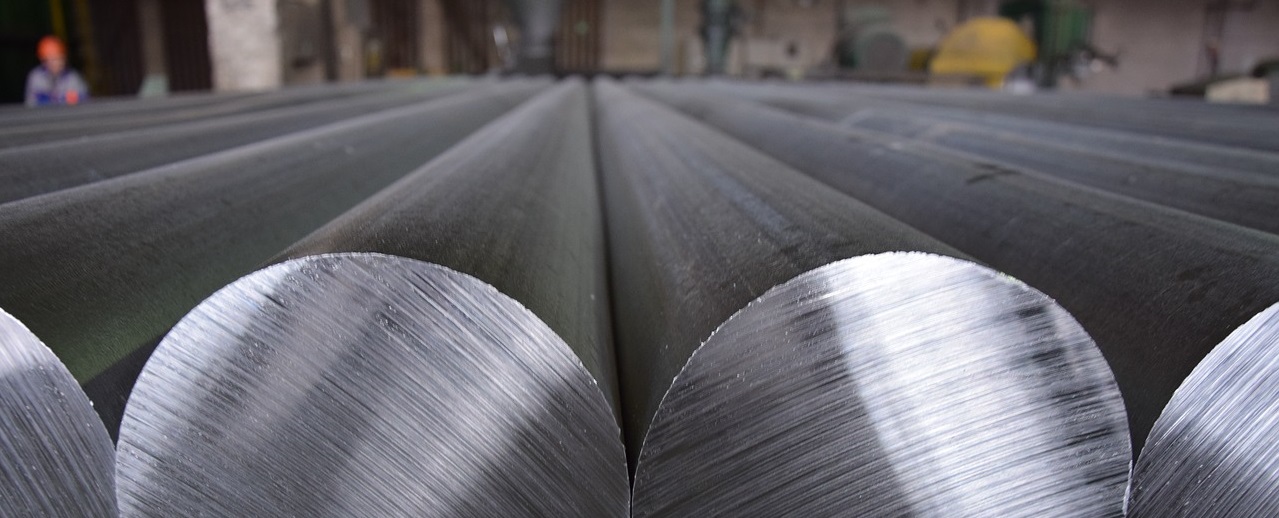

Steel billet prices jumped up and down in three days, and the judges couldn't help but wonder what the "demon billet" really wanted. The author will examine the following factors.
First, the billet price's "up and down" movement in a short period of time is intended to stimulate the release of downstream demand. The release of terminal demand is not as strong as expected due to the influence of multiple factors on terminal demand during the traditional "Silver Ten" peak season, and market mentality is also "flattened." The "saucy operation" has also been replicated in the price of all "demon billet." If you dig a little deeper, you'll discover that the current release of market demand is truly "unsatisfactory," despite the continued implementation of the steady growth package policy. However, due to the influence of weather factors, the effective construction time will gradually decrease, although there may be a possibility of releasing the demand for rush work in the later period, which may result in an "off-season not short-lived" effect, but after all, it is the traditional construction off-season, and the intensity of the release of terminal demand will gradually decrease.
Second, the "up and down" movement of steel billet prices in a short period of time is intended to put raw material costs to the test. Steel mills have returned to losses as a result of the shock and fall in steel prices, and the intensity of maintenance and production reduction is also increasing. The Platts iron ore price index has fallen below $90 once more, and it is constantly testing the $80 mark. Today, it was also reported that some steel mills in the north have begun to reduce coke purchase prices by 100 yuan. Simultaneously, due to the limitation of losses in electric furnace plants, the enthusiasm for beginning construction is clearly insufficient, resulting in a significant drop in scrap steel prices. As a result, the steel market's cost bottom line is gradually "broken," which may lead to another market dip caused by the downward cost.
Third, the "up and down" movement of steel billet prices in a short period of time is intended to alleviate the negative anticipation of the Federal Reserve's upcoming 75 basis point interest rate hike. Because inflationary pressures remain relatively high in many countries around the world, news of central banks raising interest rates followed one after the other, particularly in the United States. The European Central Bank raised interest rates by 75 basis points last week. Simultaneously, in the face of strong expectations of a 75 basis point Fed rate hike, the expectation that the global economy will enter a recession has increased, which will have a significant impact on the international commodity market. It is also difficult to escape the "curse" of the black futures spot market. The early release of negative expectations may allow the market to maintain some resilience when the real shock arrives, allowing it to deal with things calmly and calmly.
Overall, the domestic steel market will face a continuous decline in short-term supply in the near future, with the possibility of releasing demand for rush work and weakening cost support. As a result, the domestic steel market will face another impact from the tide of external interest rate hikes in the short term, and the "break" of the cost bottom line may bring the steel market back to the bottom.